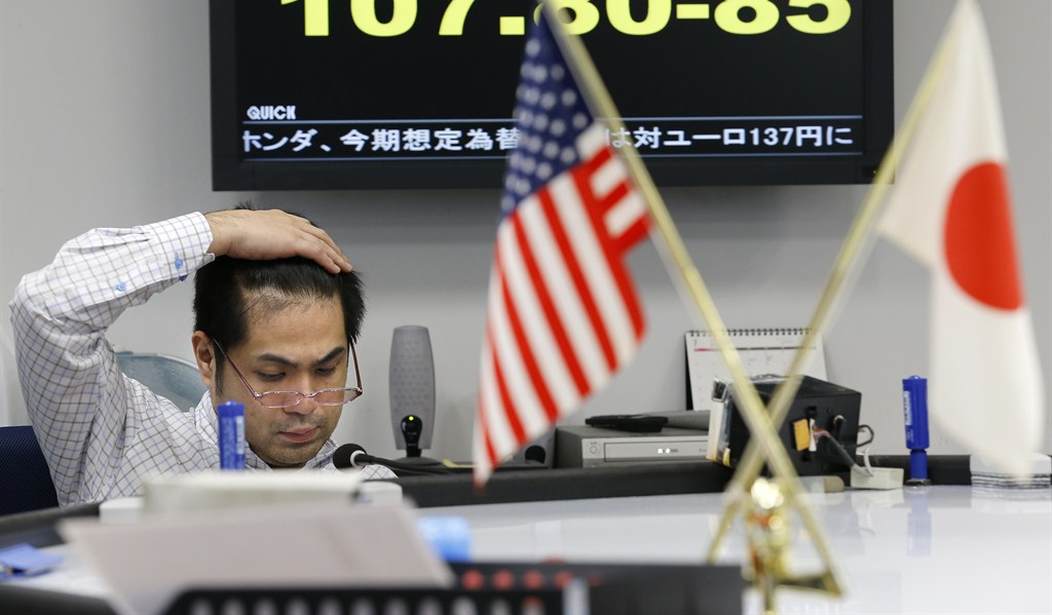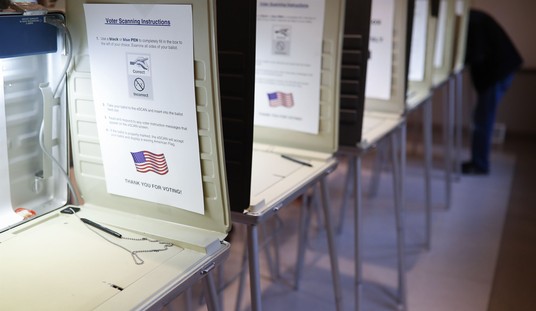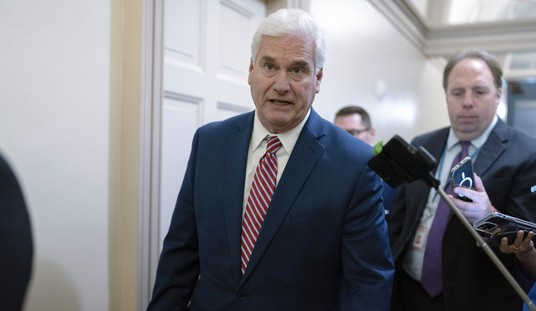It is now clear that the culprit in Japan’s economic stagnation over the past three decades is zombies. Japan’s government accumulated massive debt attempting to jumpstart its economy, and the Bank of Japan supported that effort with unconventional monetary policies, including the purchase of public and private bonds and securities, and financial repression to push inflation-adjusted interest rates below zero.
The macroeconomic policies designed to promote private investment created generations of zombie enterprises. Zombie firms are inefficient and unprofitable enterprises that rely on direct transfers and subsidized loans to avoid bankruptcy.
Weak banks with nonperforming loans find it cheaper to roll over or “evergreen” these loans through government subsidies and guarantees. Without zombie lending, those firms would default on their debt, and either restructure or shut down. The impact of such zombification is retention of resources by inefficient firms rather than allowing them to move to more efficient uses.
The Japan disease has now spread to other developed countries, including the United States. The U.S. government responded to the 2008-09 financial crisis, and now the coronavirus pandemic, with massive fiscal stimulus policies. As a result, the United States has joined Japan as one of the most indebted nations in the world.
The Federal Reserve has followed the lead of the Bank of Japan with accommodative monetary policies. The Fed is now committed to continue purchasing public and private bonds and securities, and to financial repression to hold interest rates close to zero. A growing share of U.S. firms are now classified as zombies. As in Japan, those firms rely on federal grants and subsidized loans to avoid default and bankruptcy.
Zombification is a major cause of less productivity and weak economic growth in the United States. The misallocation of resources to inefficient firms accounts for about a 1 percent drop in the rate of productivity growth. The Congressional Budget Office Long Term Forecast projects continued retardation in the rate of productivity and economic growth over the next three decades.
Zombification is also the key to understanding economic stagnation in America and other countries, such as Japan. Neo-Keynesians argue that inadequate private sector aggregate demand causes stagnation. That’s their rationale for policies to stimulate aggregate demand with more government spending. Neo-Keynesians argue that such fiscal stimulus is required permanently, not just to address economic shocks.
The zombification literature turns the Keynesian argument on its head. It asserts that stagnation arises from misguided fiscal and monetary policies funded by massive debt growth. The unconventional monetary policies used to accommodate fiscal stimulus subordinate the Federal Reserve to the dictates of the U.S. Treasury.
Those misguided macroeconomic policies create weak, inefficient firms reliant on subsidized credit from weakened banking institutions.
The debt crisis in the United States will not end with zombie firm bankruptcies and default on debt, as in the Argentine case. Rather, the debt crisis puts America on a stagnation road like Japan’s path. It’s not a private market failure, but rather a fiscal and monetary policy failure. To successfully address the debt crisis, politicians must begin by understanding their own role in creating it.
John Merrifield and Barry Poulson ([email protected]) are research fellows with The Heartland Institute.














Join the conversation as a VIP Member